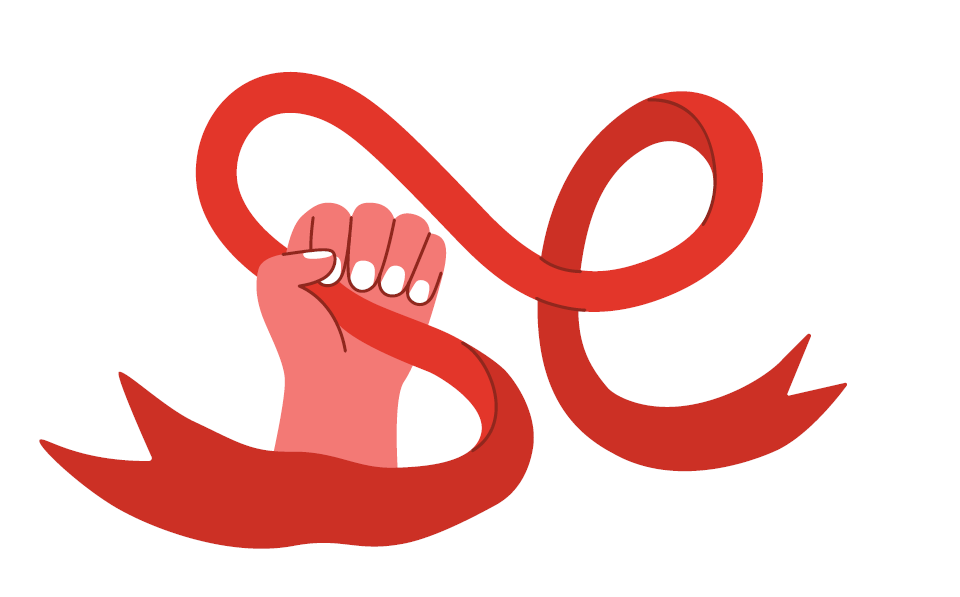Reflecting on four decades of HIV/AIDS advocacy.
The first cases of AIDS were reported in Canada in February 1982. Since then, the HIV/AIDS epidemic has had a substantial impact on the health and economy of many countries globally. The number of global AIDS cases and AIDS-related deaths increased rapidly in the 1980s. In 1997, new cases of AIDS worldwide peaked at 3.02 milllion, while AIDS-related deaths worldwide peaked in 2004 at 1.60 million, then began to decline in 2010. Thanks to increased access to antiretroviral therapy (ART), the prognosis of HIV has improved, allowing people to live with HIV rather than die from HIV/AIDS, and transmission has been declining since 1997.
Despite these achievements, stigma and discrimination towards people living with HIV and AIDS (sometimes referred to as “PLWHA”) is still a global pandemic. HIV stigma is rooted in a fear of HIV. This was brought about in the early 1980s by a lack of effective treatment, which led to little or no hope for those diagnosed with HIV. At the time, people diagnosed with HIV faced debilitating illness, social isolation, and sadly, in most cases, death within a short period.
Today there are still misconceptions about how HIV is transmitted and what it means to live with HIV. In the early HIV/AIDS epidemic, lack of information and knowledge about AIDS led to many policies and procedures being put in place to prevent the spread of HIV. We saw a similar pattern with COVID-19 when people were forced to physically distance and wear masks. An important difference is that with COVID-19, vaccines were discovered early on. With HIV/AIDS, it took until the mid-1990s before ART was discovered. In some countries, sterilization was used as a way to curb transmission of HIV from mother to child. Women living with HIV were sometimes pressured by healthcare workers to provide ‘informed consent’ for sterilization and abortions.
Discrimination towards mothers living with HIV has also occurred in Canada. T.M., a mother living with HIV, shared her story with us. “In 2002 while pregnant and living in Victoria B.C., I was told I couldn’t breastfeed,” she says. “If I decided to have the child, [child services] would take it. I had already lost my four sons to child services due to domestic violence. I found out I was HIV-positive through prenatal blood work. The social worker assigned to my case asked me, ‘Why would you want to bring a child into the world who will be sick its whole life, suffer, be discriminated against, and end up dying?’ I was also made aware that if I decided to keep the baby, I should be prepared to wear gloves all the time while bathing and changing it. So here I’m being told not only that I couldn’t have this baby, but now I’m not allowed to hold it, feed it, or care for it.”
The trauma that HIV-positive mothers went through is what led to the founding of clinics such as the Positive Pregnancy Program (P3) at St. Michael’s Hospital in Toronto. P3 was founded in 2006 by midwife Jay MacGillivray and Dr. Mark Yudin (OB-GYN). To provide comprehensive care to HIV-positive mothers, the clinic involves social workers, pediatricians, pharmacists, and psychologists. It is dedicated to giving HIV-positive mothers the best care, and this has led to a lot of HIV-negative babies born to positive mothers. Even though testing positive can still hit hard, the good news is that HIV is no longer a death sentence.

